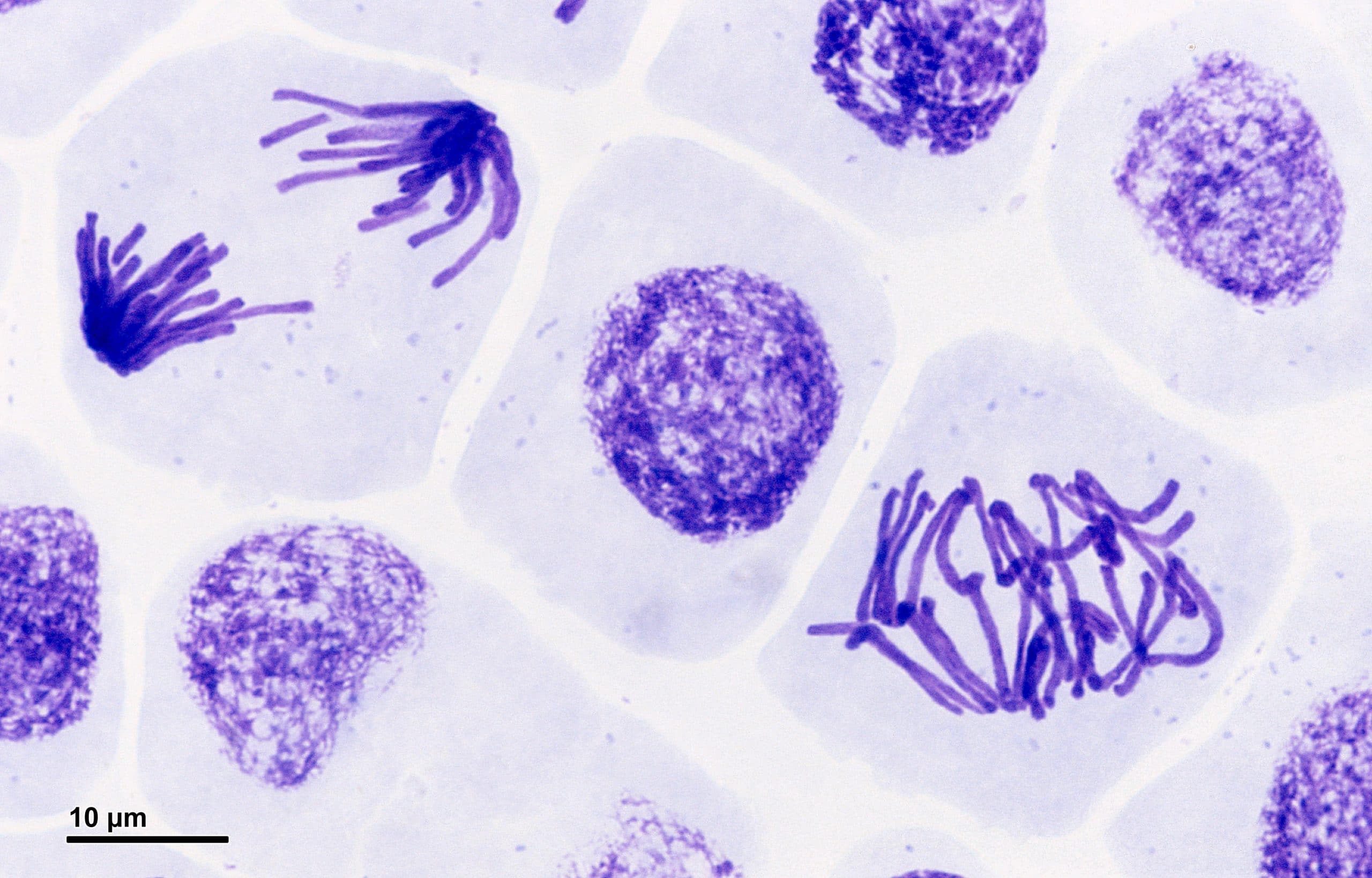

The chromosomes that have a mixture of maternal and paternal sequence are called recombinant and the chromosomes that are completely paternal or maternal are called non-recombinant. The result is an exchange of genetic material between homologous chromosomes. Crossover occurs between non-sister chromatids of homologous chromosomes. The recombinant sister chromatid has a combination of maternal and paternal genes that did not exist before the crossover.įigure 3: In this illustration of the effects of crossing over, the blue chromosome came from the individual’s father and the red chromosome came from the individual’s mother. Now, when that sister chromatid is moved into a gamete, it will carry some DNA from one parent of the individual and some DNA from the other parent. A single crossover event between homologous non-sister chromatids leads to a reciprocal exchange of equivalent DNA between a maternal chromosome and a paternal chromosome. The crossover events are the first source of genetic variation produced by meiosis. An exchange of chromosome segments between non-sister homologous chromatids occurs and is called crossing over (Figure 3). In synapsis, the genes on the chromatids of the homologous chromosomes are aligned precisely with each other. The chromosomes are bound tightly together and in perfect alignment by a protein lattice called a synaptonemal complex and by cohesin proteins at the centromere. Figure 2 Early in prophase I, homologous chromosomes come together to form a synapse. Recall that synapsis does NOT occur during mitosis. In synapsis, the genes on the chromatids of the homologous chromosomes are precisely aligned with each other. The tight pairing of the homologous chromosomes is called synapsis (Figure 2).

As the nuclear envelope begins to break down, the proteins associated with homologous chromosomes bring the pair close to each other. Prophase IĮarly in prophase I, the chromosomes can be seen clearly microscopically. This prepares the cell to enter prophase I, the first meiotic phase. The centrosomes, which are the structures that organize the microtubules of the meiotic spindle, also replicate. Cohesin holds the chromatids together until anaphase II. Finally, the G 2 phase, also called the second gap phase, is the third and final phase of interphase in this phase, the cell undergoes the final preparations for meiosis.ĭuring DNA duplication in the S phase, each chromosome is replicated to produce two identical copies, called sister chromatids, that are held together at the centromere by cohesin proteins. The S phase is the second phase of interphase, during which the DNA of the chromosomes is replicated. The G 1 phase, which is also called the first gap phase, is the first phase of the interphase and is focused on cell growth. Meiosis is preceded by an interphase consisting of the G 1, S, and G 2 phases, which are nearly identical to the phases preceding mitosis.


 0 kommentar(er)
0 kommentar(er)
